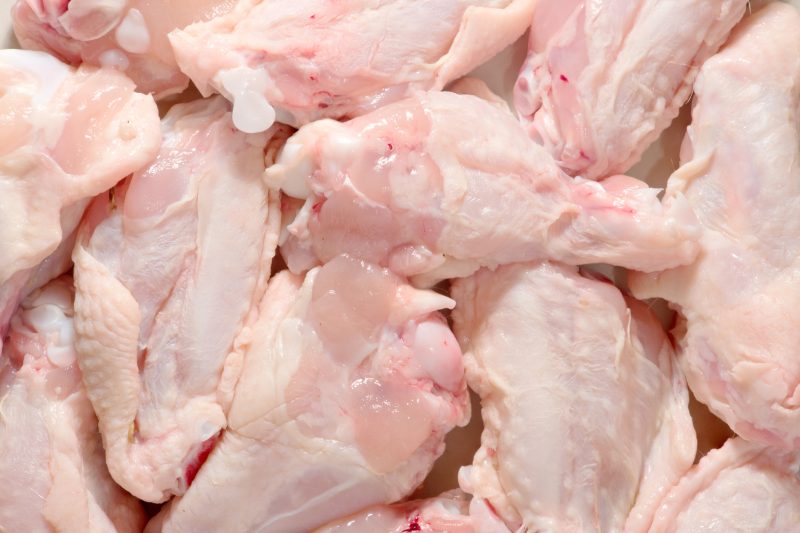
(NewsNation) — The bird flu outbreak has sent egg prices skyrocketing, but that doesn’t mean chicken nuggets are about to get more expensive.
That’s because chickens that are raised for meat, known as “broilers,” haven’t been hit nearly as hard as egg-laying hens, and there’s little overlap between the two.
“These are really two different paths and two different industries,” said David Anderson, a professor and extension economist at Texas A&M University.
Americans have surely noticed that difference at the grocery store.
Egg prices soared more than 15 percent in January alone and are now up 53 percent from last year, according to the latest Labor Department data. Meanwhile, the price of chicken meat has hardly budged, up less than 1 percent from a year ago.
Here’s why egg-laying chickens have been more affected and where prices could go from here.
Why aren’t chicken prices surging?
“The simple answer is that it’s a numbers game,” said Tom Super with the National Chicken Council, which represents the country’s chicken producers.
Of the more than 147 million birds affected by the outbreak over the past three years, less than 9 percent have been broilers, roughly 13 million, according to data from the U.S. Department of Agriculture’s (USDA) Animal and Plant Health Inspection Service.
Those 13 million broiler chickens represent just .0005 percent of broiler production over the same period, Super said, as Americans eat billions of chickens a year.
In other words: Chicken prices have remained stable because broiler producers have had an easier time keeping up with demand.
Egg-laying chickens have fared much worse, accounting for more than 75 percent of all the birds affected by the outbreak between Feb. 8, 2022, and Jan. 29.
Why have egg-laying chickens been hit harder?
Broiler chickens aren’t immune to bird flu, but their shorter life cycle could leave flocks less susceptible to major outbreaks.
Broilers are typically slaughtered within two months, whereas egg-layers take longer to mature and only start producing after four to five months. Once those hens start laying eggs, the cycle can last over a year.
Less time on the farm means broilers have less of an opportunity to be exposed to the virus.
“I tend to think that’s a pretty good explanation,” Anderson said. “I don’t know that anybody knows for sure.”
The shorter life cycle also means that when a broiler flock is lost, it can be replaced faster.
Geography matters, too. Broilers are primarily produced in the Southeast, which hasn’t been as affected by the recent outbreak compared to major egg-producing states like Iowa and Ohio.
Super said different housing styles could also be a factor.
When a test comes back positive for bird flu, the whole flock gets culled to help prevent the spread of the virus, and egg-laying chickens are typically housed in larger flocks.
For commercial operations, egg-laying barns can contain hundreds of thousands of chickens on multiple layers, whereas broiler houses, on average, hold about 25,000 birds on one level, Super said.
Where will prices go from here?
The bad news for consumers is that egg prices are expected to rise by 20 percent in 2025, according to the USDA.
On the other hand, Anderson said the volatility of the egg market means prices could drop quickly if the bird flu outbreak subsides.
In fact, that’s exactly what happened a couple of years ago. In Jan. 2023, U.S. consumers were paying an average of $4.82 for a dozen eggs, but just six months later, in June, the average price had fallen to $2.22 per dozen.
“For lower prices, all we need is some time and the disease to quit happening,” Anderson said.
In the meantime, businesses are taking steps to combat “egg-flation.” Budget-friendly chain Waffle House has added a $0.50 per egg surcharge to all of its menus. Grocers like Costco and Trader Joe’s have also taken action, limiting the number of cartons customers can buy.
As for chicken meat, the USDA predicts wholesale poultry prices will decrease by about 1% this year.












